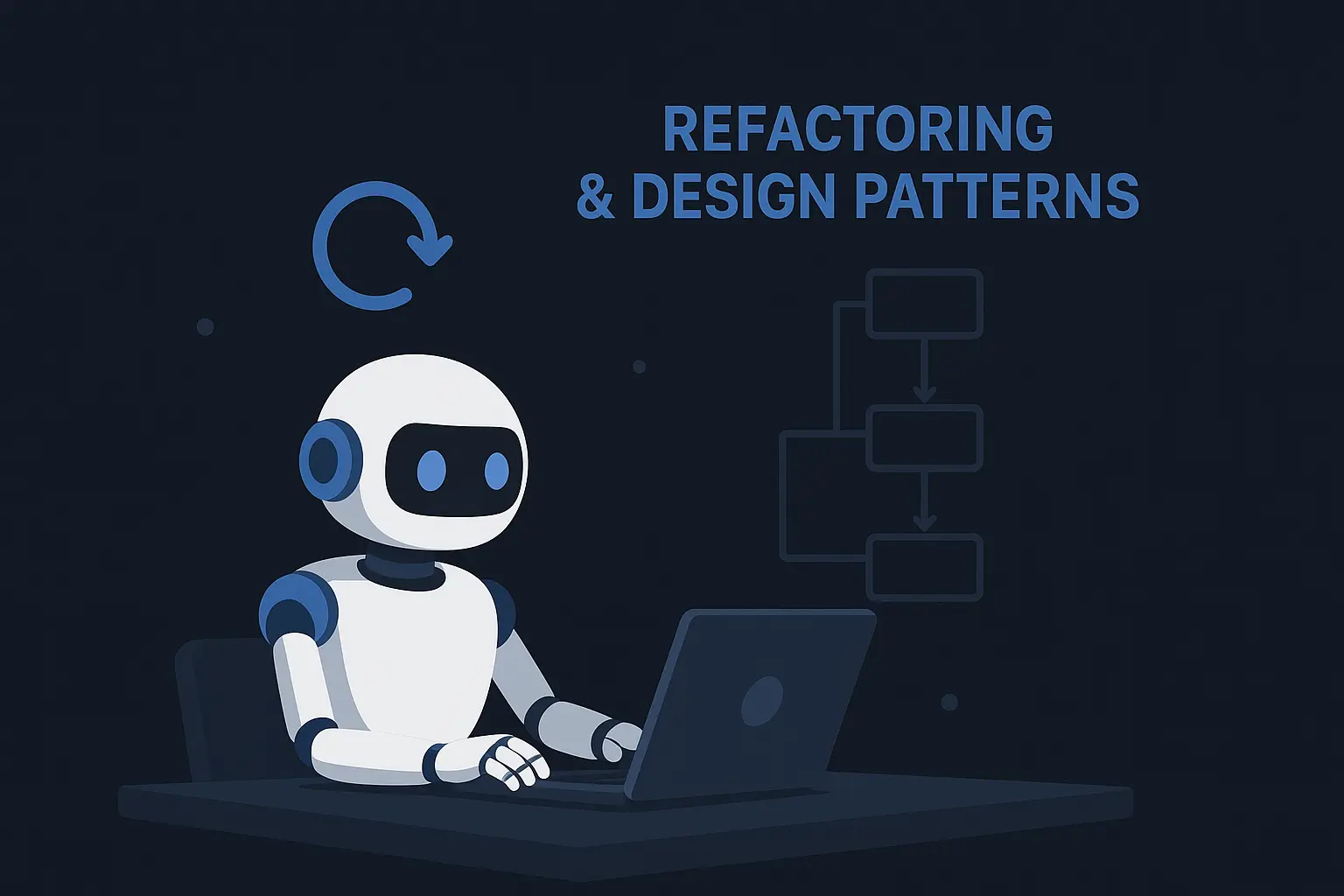Why Refactoring and Design Patterns Matter (Even if You Hate Them)
Introductory article for our “Refactoring & Patterns” series – because clean code isn’t just a dream.
As a developer, you’ve probably stared at a legacy codebase and thought: “Who wrote this… and why?”
Refactoring and design patterns might sound like buzzwords reserved for senior developers, but in reality, they’re the tools that save you time, reduce bugs, and make your code easier to maintain.
1. Refactoring: Not Just Tidying Up
Refactoring is like cleaning your room—painful at first, but worth it.
- It improves readability, so both you and your team can understand the code without headaches.
- It reduces duplication and complexity, making features easier to change.
- Most importantly, it prevents the “spaghetti code nightmare” where a single change breaks ten things you didn’t even know existed.
2. Design Patterns: Recipes for Common Problems
Design patterns are proven solutions to recurring problems in software development. Think of them as cookbook recipes:
- Singleton – only one instance of a class, handy for configuration or logging.
- Observer – automatically notify components when something changes, like an event system.
- Factory – creates objects without exposing the instantiation logic, keeping your code flexible.
Etc.
Using design patterns wisely makes your code more predictable, reusable, and easier to extend.
3. When Refactoring and Patterns Work Together
Refactoring and design patterns are a perfect duo. Start with a messy feature, refactor it to clean up duplication and unclear logic, then apply a suitable design pattern to make the solution elegant and maintainable.
It’s like turning a messy garage into a fully organized workshop—you’ll spend a bit of time upfront, but future projects will fly.
4. Real-Life Refactoring summary
- Without refactoring: “Let’s add this new feature… oops, we broke three others.”
- With refactoring & patterns: “Feature added, tests pass, no fire alarms triggered. Coffee time! ☕”
What’s Next
In the next article, we’ll dig deeper into specific refactoring techniques and popular design patterns, with real Laravel examples. You’ll learn when and how to apply them without overengineering, and how they can drastically improve your code quality.

